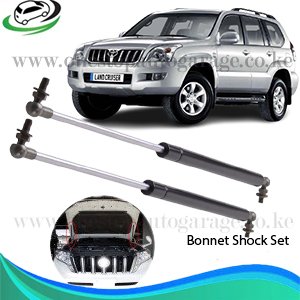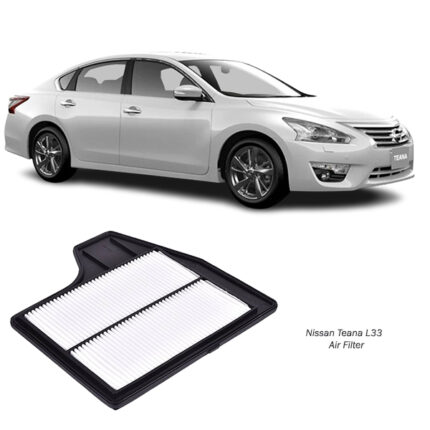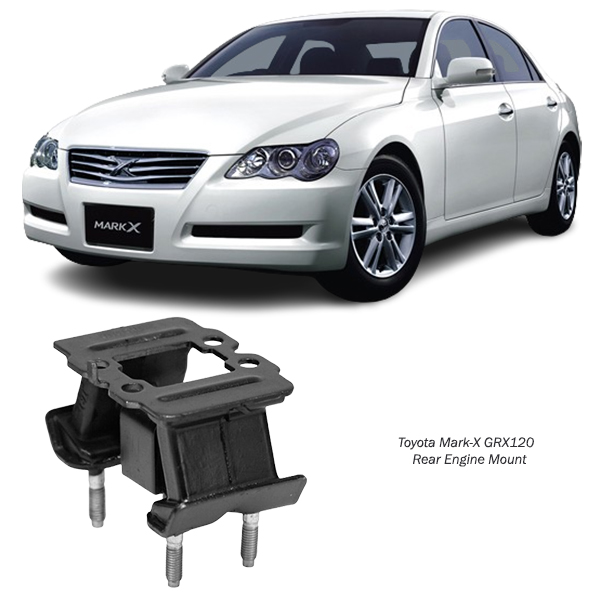-10%
Get Toyota Mark-X GRX120 2WD Insulator Rear Engine Mount 12371-31070 in Kenya
The insulator rear engine mount is a critical component in a vehicle’s engine support system. It acts as a bridge between the engine and the vehicle’s chassis, ensuring stability, reducing vibrations, and maintaining the overall functionality of the drivetrain. In this detailed explanation, we’ll explore the design, functions, types, benefits, maintenance, and troubleshooting of the rear engine mount.
1. Understanding the Insulator Rear Engine Mount
a) Purpose and Role
- The insulator rear engine mount secures the rear section of the engine to the vehicle’s frame.
- It absorbs engine vibrations and prevents them from being transferred to the cabin, ensuring a smoother ride.
- Helps maintain proper engine alignment with the transmission and driveshaft.
b) Basic Structure
- Composed of a metal bracket (usually steel or aluminum) and a rubber or elastomer insert.
- The rubber component acts as an insulator, cushioning vibrations and absorbing shock.
2. Functions of the Insulator Rear Engine Mount
a) Vibration Dampening
- Prevents engine vibrations from resonating through the chassis, contributing to passenger comfort.
b) Engine Stability
- Keeps the engine securely in place, especially during acceleration, deceleration, and cornering.
c) Noise Reduction
- Minimizes noise transmission from the engine to the cabin by isolating vibrations.
d) Load Distribution
- Balances the engine’s weight and torque forces across multiple mounts, preventing undue stress on any single point.
e) Alignment Maintenance
- Ensures the engine and transmission remain aligned, which is critical for smooth drivetrain operation.
3. Types of Rear Engine Mounts
a) Conventional Engine Mounts
- Made of rubber and steel, offering basic vibration isolation.
- Cost-effective but may wear out faster in high-performance applications.
b) Hydraulic Engine Mounts
- Contain a fluid-filled chamber for enhanced vibration dampening.
- Ideal for modern vehicles where comfort and noise reduction are priorities.
c) Active Engine Mounts
- Feature electronically controlled actuators to adapt to different driving conditions.
- Provide superior vibration control but are more expensive and complex.
d) Polyurethane Mounts
- Offer greater durability and stiffness, often used in performance or off-road vehicles.
- Less effective in absorbing vibrations compared to rubber mounts.
4. Symptoms of a Faulty Rear Engine Mount
a) Excessive Vibrations
- Increased vibrations in the cabin, especially during idling or low speeds, can indicate a worn or damaged mount.
b) Engine Movement
- Noticeable engine movement when accelerating, braking, or shifting gears may signify a broken mount.
c) Unusual Noises
- Clunking, banging, or knocking sounds during acceleration or over bumps suggest a loose or broken mount.
d) Misalignment
- Poor alignment of the engine and drivetrain can cause transmission issues or uneven wear on components.
e) Visible Wear
- Cracks, tears, or excessive wear on the rubber or elastomer material.
5. Causes of Rear Engine Mount Failure
a) Age and Wear
- Over time, the rubber or elastomer deteriorates due to repeated exposure to heat, oil, and road debris.
b) Driving Habits
- Aggressive driving, frequent hard acceleration, or braking can strain the engine mount.
c) Poor Maintenance
- Leaking fluids (oil or coolant) can degrade the rubber, leading to premature failure.
d) Manufacturing Defects
- Inferior quality materials or improper installation can shorten the mount’s lifespan.
e) Engine Modifications
- Increased engine power or torque from modifications can stress factory mounts beyond their limits.
6. Benefits of a Properly Functioning Rear Engine Mount
a) Improved Ride Comfort
- Reduces vibrations and noise for a smoother and quieter driving experience.
b) Enhanced Durability
- Protects the engine, transmission, and chassis from undue stress, prolonging their lifespan.
c) Better Handling
- Maintains engine stability, improving vehicle control during acceleration and cornering.
d) Prevents Component Damage
- Proper alignment reduces wear on drivetrain components like the driveshaft and transmission.
e) Increased Safety
- A securely mounted engine ensures the vehicle operates safely under all conditions.
7. Maintenance and Inspection
a) Regular Inspection
- Check the mount during routine servicing or whenever experiencing symptoms like vibrations or noise.
b) Look for Signs of Wear
- Examine the rubber for cracks, tears, or deformation.
- Inspect metal brackets for rust or damage.
c) Avoid Fluid Leaks
- Prevent oil or coolant leaks that can degrade the mount’s rubber components.
d) Monitor Engine Behavior
- Pay attention to unusual vibrations, noise, or engine movement as early warning signs.
e) Replace When Necessary
- Replace a damaged or worn mount promptly to avoid further damage to the drivetrain.
8. Replacement of the Rear Engine Mount
a) Tools Needed
- Jack and jack stands
- Wrenches and sockets
- Pry bar
- Torque wrench
b) Steps for Replacement
- Lift the Vehicle:
- Safely elevate the vehicle to access the rear engine mount.
- Support the Engine:
- Use a jack with a wooden block to support the engine’s weight.
- Remove Old Mount:
- Unbolt the mount from the chassis and engine.
- Carefully detach the mount without damaging surrounding components.
- Install New Mount:
- Align the new mount with the engine and chassis brackets.
- Tighten bolts to the manufacturer’s specified torque.
- Test Operation:
- Start the engine and test for vibrations or unusual noises to ensure proper installation.
c) Replacement Cost
- The cost of a rear engine mount varies depending on the type and brand:
- Rubber mounts: $50–$150
- Hydraulic mounts: $100–$300
- Active mounts: $300–$500
- Labor charges range from $100 to $300, depending on the vehicle and complexity.
9. Longevity and Durability
a) Expected Lifespan
- Most rear engine mounts last 60,000–100,000 miles, depending on driving habits and conditions.
b) Factors Affecting Durability
- Driving conditions: Rough roads and frequent stop-and-go driving accelerate wear.
- Maintenance: Regular inspection and prompt replacement prevent premature failure.
- Quality of materials: OEM or premium aftermarket mounts last longer than cheaper alternatives.
10. Troubleshooting Common Issues
a) Persistent Vibrations
- Verify that the new mount is properly aligned and bolts are tightened to the correct torque.
b) Continued Noises
- Check for other damaged components in the suspension or drivetrain.
c) Premature Failure
- Use high-quality mounts and avoid aggressive driving to extend lifespan.
11. Innovations in Engine Mount Design
a) Advanced Materials
- Use of elastomer compounds with improved resistance to heat and oil.
b) Adaptive Mounts
- Integration of electronic controls for adjustable damping based on driving conditions.
c) Lightweight Designs
- Aluminum and composite materials reduce weight without compromising strength.
12. Conclusion
The insulator rear engine mount is essential for maintaining engine stability, reducing vibrations, and enhancing the driving experience. Regular maintenance and prompt replacement of worn mounts ensure optimal performance, safety, and comfort. Understanding the importance of this component and how to care for it can save time and money while preserving the vehicle’s overall integrity.
Follow us on Facebook for more parts.



